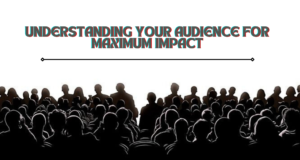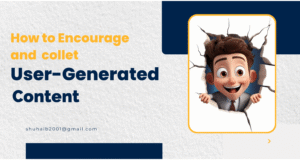I'm creative digital markater based in kerala, and I'm very passionate and dedicated to my work.
We live in a world where we need to move quickly and iterate on our ideas as flexibly as possible.
Mockups are useful both for the creative phase of the project – for instance when you’re trying to figure out your user flows or the proper visual hierarchy – and the production phase when they phase when they will represent the target product. Building mockups strikes the ideal balance ease of modification.
- Client Alvaro Morata
- Category Detail
- Date April 22, 2022






































